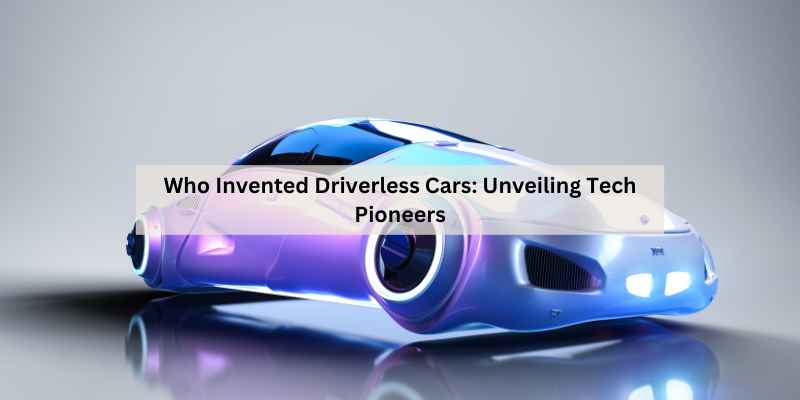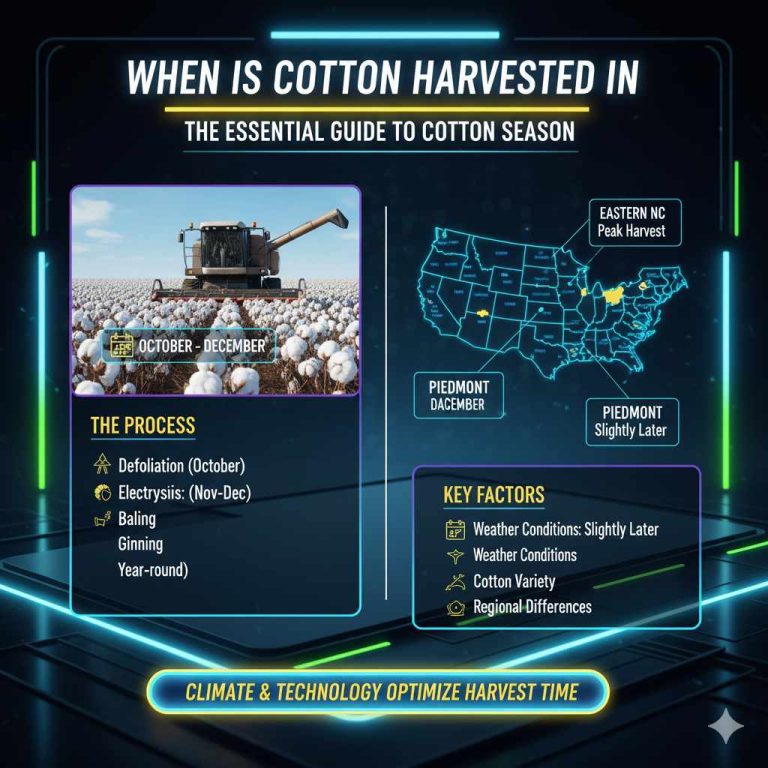Who Invented Driverless Cars: Unveiling Tech Pioneers
The concept of driverless cars dates back to the 1920s, but significant advancements began in the 1980s with projects like Carnegie Mellon University’s Navlab. Key players like Google and Tesla have since popularized this technology in recent years.
Driverless cars, also known as autonomous vehicles, represent a revolutionary shift in transportation. The journey began with early experiments, but technology has rapidly evolved. Today, companies like Waymo and Tesla lead the charge, developing sophisticated systems that navigate roads without human intervention.
These vehicles utilize a combination of sensors, cameras, and artificial intelligence to analyze their surroundings. As the technology matures, it promises to enhance road safety, reduce traffic congestion, and transform urban mobility. The future of transportation is here, and driverless cars are at the forefront of this exciting change.
Early Dreams Of Autonomous Vehicles
Many early thinkers dreamed of cars that could drive themselves. Stories in science fiction inspired these visions. Books and movies made people imagine a world without drivers.
Autonomous vehicles were once just a fantasy. They captured the imagination of many. Writers like Isaac Asimov created worlds where cars moved on their own.
These fantasies laid the groundwork for future inventions. Engineers and scientists began to explore the possibility of real driverless cars. The journey from fiction to reality began with these early dreams.
Pioneers In Automation Technology
The journey of driverless cars began with Carnegie Mellon’s Navlab. This project tested autonomous vehicles. Researchers aimed to create smart cars that could drive themselves.
Mercedes-Benz contributed through the Promethean Project. This initiative focused on developing advanced driver assistance systems. Their work helped improve safety and driving efficiency.
The DARPA Grand Challenge was a key event. It challenged teams to build self-driving vehicles. Many innovations came from this competition, pushing the boundaries of automation.
The Role Of Artificial Intelligence
Artificial Intelligence plays a key role in driverless cars. It helps these vehicles understand their surroundings. Machine Learning allows cars to learn from past experiences. This learning improves their performance over time.
Perception systems use sensors to detect objects. They identify pedestrians, other vehicles, and road signs. Neural Networks process this data quickly. They help the car make smart decisions.
Decision-making involves choosing the best actions. Cars must decide when to stop, go, or turn. This process is crucial for safe driving.
Key Companies And Innovators
Waymo, a subsidiary of Google, is a pioneer in the driverless car industry. They focus on creating safe and efficient self-driving technology. Their vehicles use advanced sensors and software to navigate roads.
Tesla has changed the game with its Autopilot feature. This system helps drivers by offering lane-keeping and adaptive cruise control. Tesla continues to improve its technology through over-the-air updates.
Uber has also invested in self-driving cars. They aim to create a fleet that can operate without human drivers. Despite challenges, Uber remains committed to this innovative technology.
Legislation And The Path To Legalization
Driverless cars face many regulatory challenges. Laws vary by country and state. Some areas are more open to testing than others. These differences create confusion for manufacturers.
Many governments are working on new laws. These laws aim to promote safety and innovation. They must balance public safety with technological advancement.
| Country | Regulations Status |
|---|---|
| USA | Varied by state; some states allow testing. |
| Germany | Strict rules for safety and testing. |
| Japan | Encouraging innovation with new regulations. |
| UK | Testing allowed; developing a regulatory framework. |
Future regulations will shape the driverless car industry. Clear laws will help companies understand their responsibilities. This clarity will also increase public trust in the technology.
Public Reception And Safety Concerns
Many people have mixed feelings about driverless cars. Trust in this technology is growing, but some are still skeptical. People worry about how safe these cars really are.
Notable incidents have raised serious questions. For example, some accidents involved driverless vehicles. These events can make the public feel less confident in the technology.
Trust is key for the future of autonomous vehicles. Clear communication about safety and improvements can help build this trust. Education about how these cars work is also important.
The Future Of Driverless Cars
The future of driverless cars looks very bright. Technological advancements will change how we travel. New sensors and software improve safety. These cars can communicate with each other. This makes roads safer for everyone.
Societal transformation is also possible with driverless cars. They can reduce traffic jams and lower pollution. More people may share rides instead of owning cars. This can lead to fewer cars on the road. Cities may change to support this new style of travel.
| Advancement | Benefit |
|---|---|
| Improved Sensors | Safer navigation |
| Real-time Communication | Fewer accidents |
| Shared Rides | Less traffic |
| Eco-friendly Tech | Lower pollution |
Ethical Considerations Of Autonomous Driving
The Trolley Problem is a classic ethical dilemma. It asks whether to save many lives by sacrificing one. Driverless cars face similar choices in emergencies.
These situations raise questions about accountability. Who is responsible for decisions made by a car? Is it the manufacturer, the owner, or the software developer?
Society must figure out how to address these ethical issues. Laws may need to change to keep up. Understanding these problems is important for safe autonomous driving.
Frequently Asked Questions
Who Created The First Driverless Car?
The first driverless car was developed by Carnegie Mellon University in the late 1980s. It was named “Navlab” and used computer vision to navigate. This pioneering work laid the groundwork for future advancements in autonomous vehicle technology.
When Was The First Successful Driverless Car Tested?
The first successful test of a driverless car took place in 1997. Carnegie Mellon’s “Navlab 5” autonomously navigated a 98-mile route. This marked a significant milestone in the development of self-driving technology, showcasing its potential for real-world application.
What Technology Enables Driverless Cars To Operate?
Driverless cars rely on a combination of sensors, cameras, and artificial intelligence. These technologies help vehicles detect obstacles and make decisions. Advanced algorithms process data to ensure safe navigation, making autonomous driving possible.
Who Are The Major Companies In Autonomous Driving?
Major companies in autonomous driving include Tesla, Waymo, and Uber. Each company is investing heavily in research and development. Their innovations are shaping the future of transportation, making self-driving vehicles more viable and mainstream.
Conclusion
The journey of driverless cars began with innovative thinkers and groundbreaking technology. Key figures like Sebastian Thrun and companies like Google paved the way for autonomous vehicles. As advancements continue, the future of transportation looks promising. Understanding this history helps us appreciate the potential impact of driverless cars on society.







